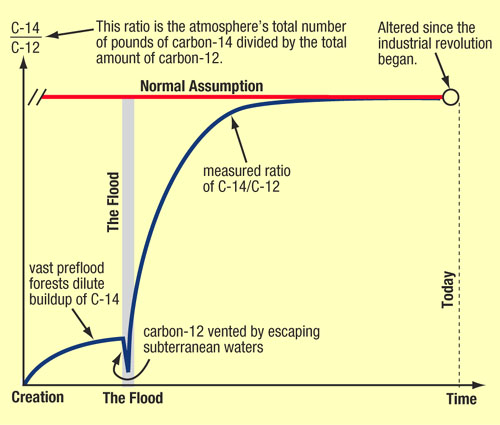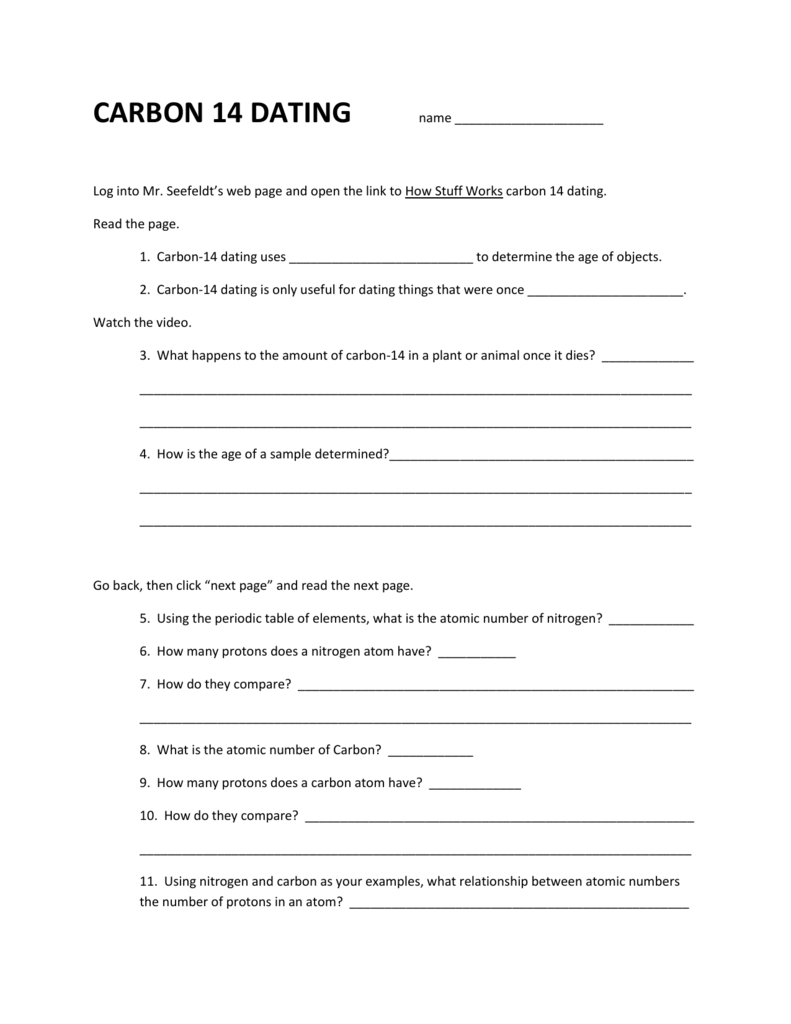

A newer, faster method developed in the 1970s works by using a particle accelerator to count the atoms of carbon-14. Libby and fellow chemists at the University of Chicago and other institutions developed techniques to purify a sample so that it emits no other type of radiation except for carbon-14, and then run it through a detector sensitive enough to accurately count the pings emitted by the decay of single atoms.
#Carbon 14 dating limitations how to
By measuring how much carbon-14 remains, scientists can estimate how long a particular organic object has been dead.įrom there, the problem becomes how to measure the carbon-14. Once they die, the absorption stops, and the carbon-14 begins very slowly to change into other atoms at a predictable rate. Living organisms absorb this carbon-14 into their tissue. When cosmic rays reach Earth’s upper atmosphere, physical and chemical interactions form the radioactive isotope carbon-14. It starts with cosmic rays-subatomic particles of matter that continuously rain upon Earth from all directions. Radiocarbon dating was also instrumental in the discovery of human-caused climate change, as scientists used it to track the sources of carbon in the atmosphere over time. Carbon dating has helped us reveal how our bodies work, to understand the climate of the Earth and reconstruct its history, and to track the sun’s activity and the Earth’s magnetic fields. The breakthrough introduced a new scientific rigor to archaeology, allowing archaeologists to put together a history of humans across the world, but it had a significant effect in other fields, too.

The technique was developed in the late 1940s at the University of Chicago by chemistry professor Willard Libby, who would later receive the Nobel Prize for the work. Scientists can estimate how long the organism has been dead by counting the remaining carbon-14 atoms.

When they die, the carbon-14 starts to change into other atoms over time. It is based on the fact that living organisms-like trees, plants, people, and animals-absorb carbon-14 into their tissue. The invention of radiocarbon dating elegantly merged chemistry and physics to develop a scientific method that can accurately determine the age of organic materials as old as approximately 60,000 years. What discoveries has carbon-14 testing revealed?.Has radiocarbon dating improved over the years?.What are the limitations of carbon-14 dating?.


 0 kommentar(er)
0 kommentar(er)
